Canada’s largest Rocky Mountain park earned Dark Sky Preserve status, restricting artificial lighting across 4,200 square miles. The annual Jasper Dark Sky Festival celebrates the area’s exceptional night sky quality.
Mountain peaks create dramatic silhouettes against star-filled skies. Alpine lakes reflect constellations perfectly on calm nights. The park’s northern latitude provides opportunities to see aurora borealis dancing across the horizon, particularly during equinox periods when solar activity peaks.
Most people live their entire lives without experiencing true darkness. City lights wash out the cosmos, leaving only the brightest stars visible through a haze of artificial glow. But in certain remote corners of the world, the night sky explodes with billions of stars, planets dancing across the heavens, and the ethereal sweep of the Milky Way stretching from horizon to horizon.
Here are 20 extraordinary destinations where sleeping under an unpolluted night sky transforms from dream into unforgettable reality.
Atacama Desert

The world’s driest non-polar desert sits at 8,200 feet above sea level in northern Chile. Zero humidity. Almost no light pollution for hundreds of miles.
Professional observatories cluster here for good reason. The European Southern Observatory operates three major facilities in the region, taking advantage of the crystal-clear atmosphere that exists over 300 nights per year. Visitors can camp amid the otherworldly rock formations and salt flats, watching shooting stars streak across skies so clear that Venus casts shadows on the ground.
Mauna Kea

Hawaii’s tallest mountain rises 13,796 feet above the Pacific, placing campers above 40 percent of Earth’s atmosphere. The summit hosts thirteen international telescopes, but camping happens at lower elevations where the air remains breathable.
Still, the views stagger. The mountain’s isolation in the middle of the ocean means no continental light pollution reaches the site. And those trade winds? They keep the atmosphere stable, reducing the twinkling that blurs stars elsewhere.
Like Travel Pug’s content? Follow us on MSN.
Death Valley
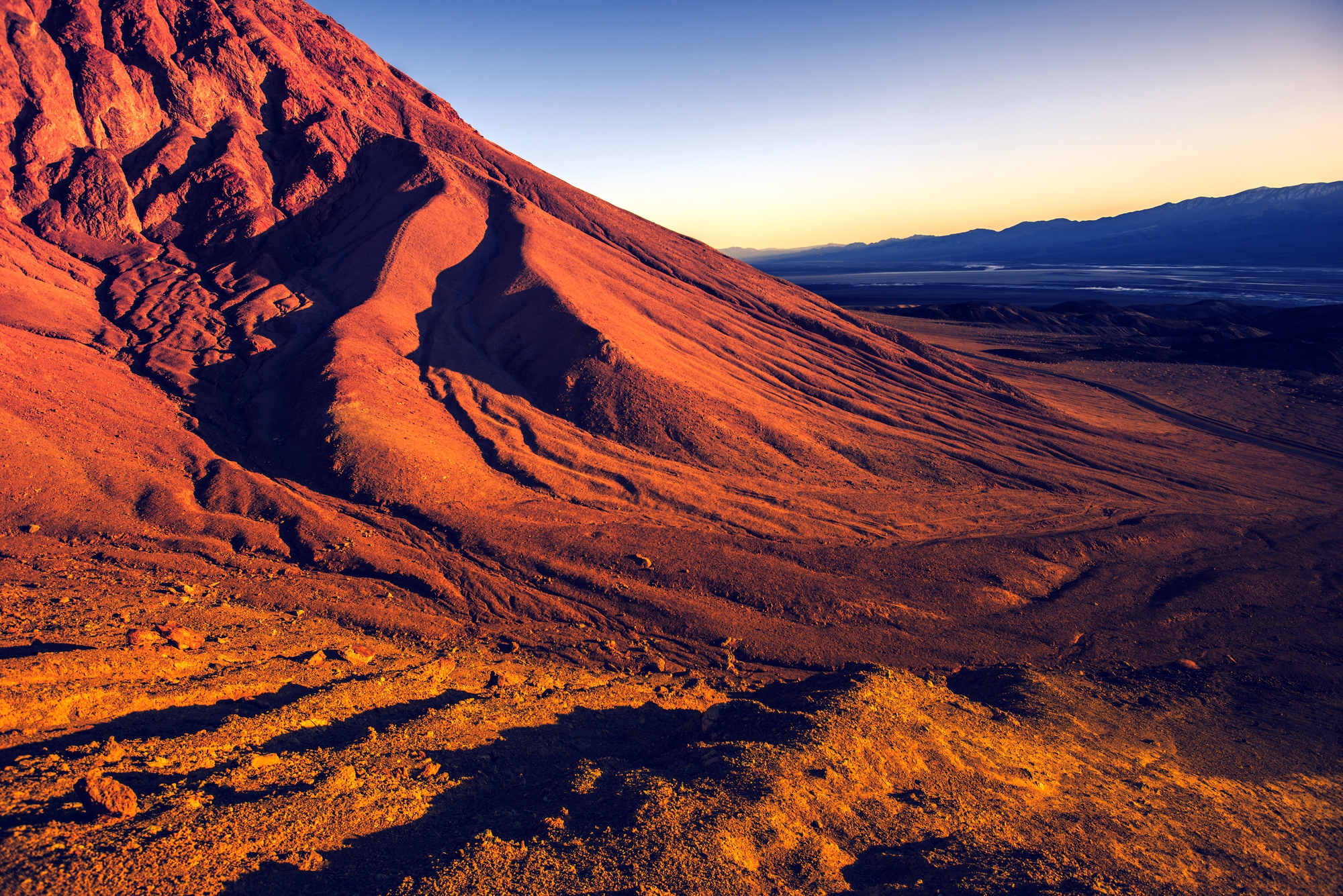
America’s hottest, driest, and lowest national park earned Gold Tier Dark Sky status from the International Dark-Sky Association. The nearest major city sits 120 miles away.
Summer camping requires serious preparation—temperatures regularly exceed 120°F. But winter nights offer perfect conditions for stargazing, with bone-dry air and virtually no atmospheric moisture to blur the view. The Milky Way appears so bright that it illuminates the bizarre badlands and salt flats below.
Sahara Desert
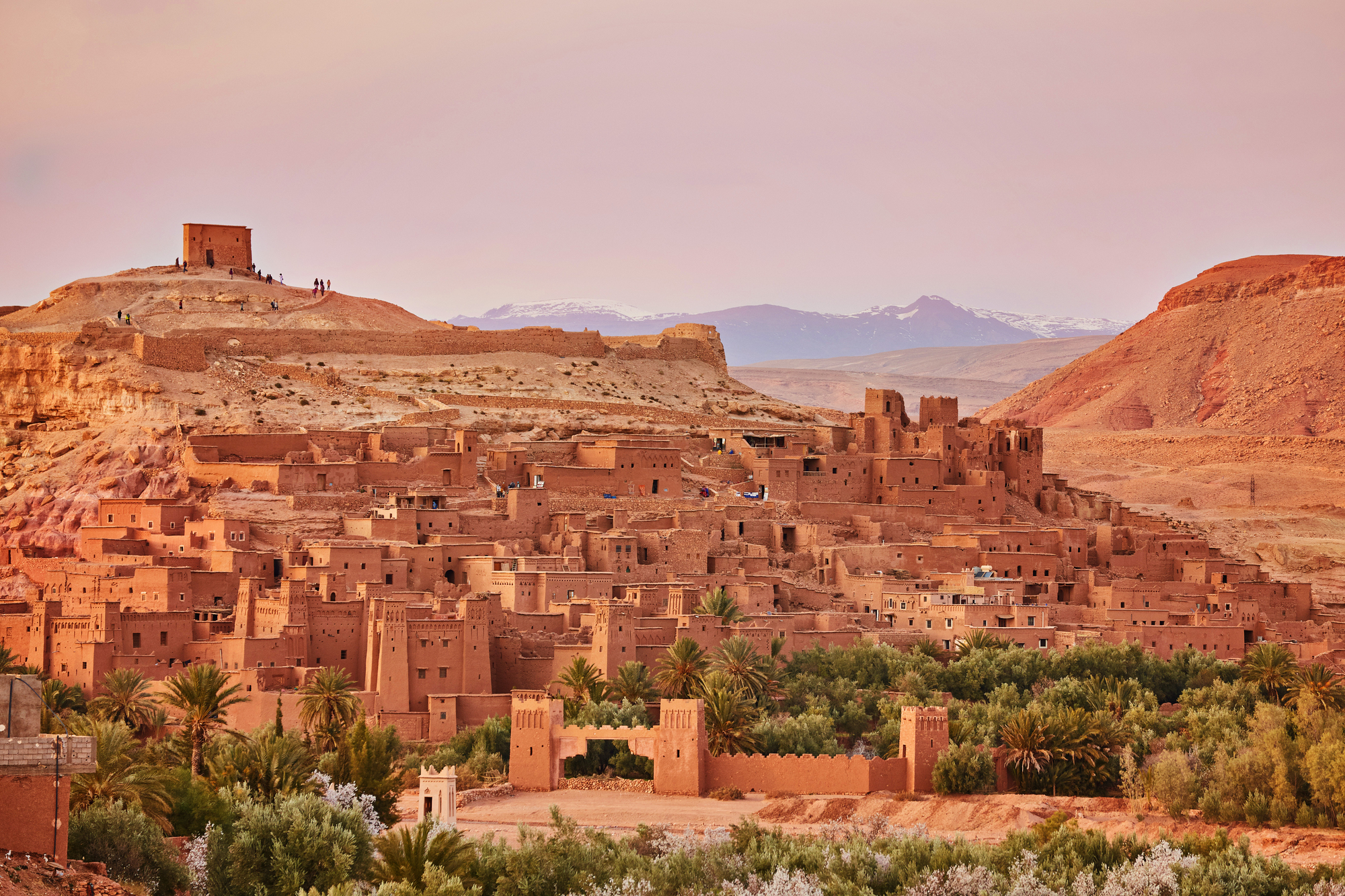
The world’s largest hot desert spans multiple countries, but Morocco’s portion offers the most accessible stargazing experiences. Traditional Berber camps provide authentic desert sleeping arrangements without sacrificing safety.
Camel treks lead to remote dune fields where the only sounds are shifting sand and distant desert winds. The absence of any artificial light for hundreds of miles creates viewing conditions that rival professional observatories. Plus, the desert’s low humidity means almost zero atmospheric interference.
Australian Outback
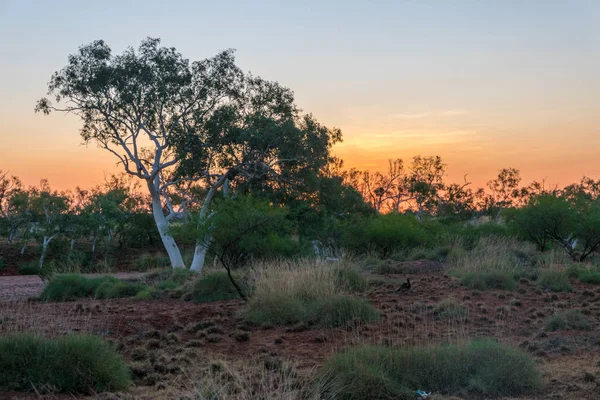
The continent’s vast interior contains some of Earth’s darkest skies. Remote stations and national parks offer camping areas hundreds of miles from the nearest town.
Uluru-Kata Tjuta National Park provides particularly stunning views, combining the iconic monolith with pristine night skies. The Southern Hemisphere perspective reveals constellations invisible from northern latitudes, including the Southern Cross and the coal-dark Emu nebula stretching across the Milky Way.
Like Travel Pug’s content? Follow us on MSN.
Ladakh
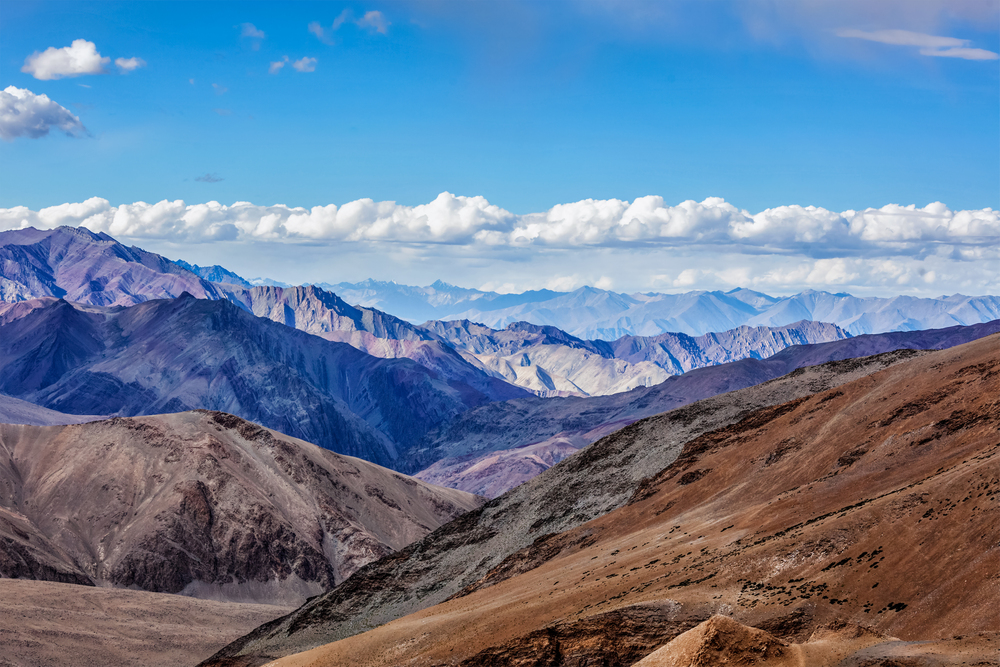
This high-altitude desert in northern India sits between the Himalayas and the Karakoram ranges. Elevation ranges from 9,000 to 18,000 feet, placing most camping areas well above sea level.
And the air is thin. Oxygen levels drop to 60 percent of sea level, but atmospheric clarity improves dramatically. Ancient Buddhist monasteries dot the landscape, their golden roofs glinting under starlight. The region’s isolation from major population centers ensures virtually no light pollution.
Salar de Uyuni

Bolivia’s salt flats create a mirror-like surface during the rainy season, perfectly reflecting the night sky and creating the illusion of camping among the stars themselves. During the dry season, the crystalline surface forms geometric patterns that stretch to the horizon.
The world’s largest salt flat sits at 12,000 feet on the Altiplano plateau. Clear, dry air and minimal light pollution combine with the flat’s reflective properties to create one of the planet’s most surreal stargazing experiences. Flamingos often wade through nearby mineral lakes, their pink forms silhouetted against the cosmic display.
NamibRand Nature Reserve
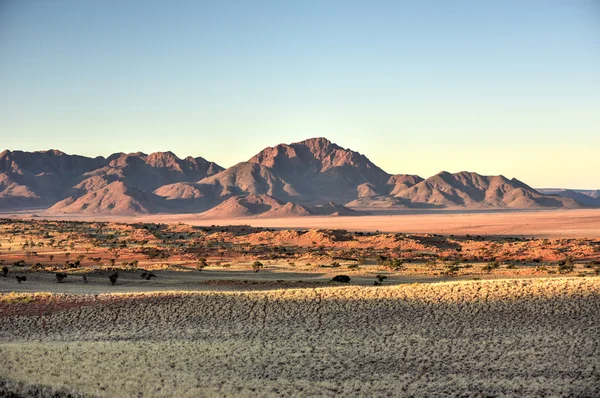
This private reserve in southwestern Namibia became Africa’s first International Dark Sky Reserve. The 560,000-acre property maintains strict lighting controls to preserve night sky quality.
Red sand dunes rise 1,000 feet from the desert floor, creating natural amphitheaters for stargazing. The Southern Hemisphere’s dry season, from May to September, offers cloudless skies and minimal atmospheric moisture. Desert-adapted wildlife, including oryx and springbok, move silently through moonlit landscapes.
Like Travel Pug’s content? Follow us on MSN.
Westfjords
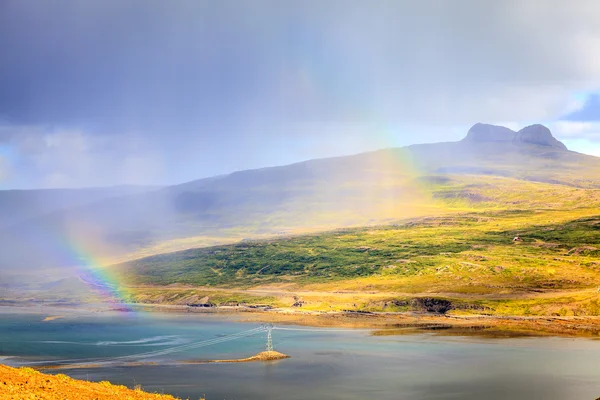
Iceland’s remote northwestern peninsula experiences total darkness during the winter months, when the sun doesn’t rise above the horizon for weeks. This polar night creates ideal conditions for aurora viewing.
But summer offers its magic. The midnight sun provides perpetual twilight, and when darkness finally returns in August, the skies explode with stars rarely visible at such northern latitudes. Geothermal hot springs provide warm soaking pools for comfortable stargazing despite frigid temperatures.
Jasper National Park

Canada’s largest Rocky Mountain park earned Dark Sky Preserve status, restricting artificial lighting across 4,200 square miles. The annual Jasper Dark Sky Festival celebrates the area’s exceptional night sky quality.
Mountain peaks create dramatic silhouettes against star-filled skies. Alpine lakes reflect constellations perfectly on calm nights. The park’s northern latitude provides opportunities to see aurora borealis dancing across the horizon, particularly during equinox periods when solar activity peaks.
Aoraki Mackenzie
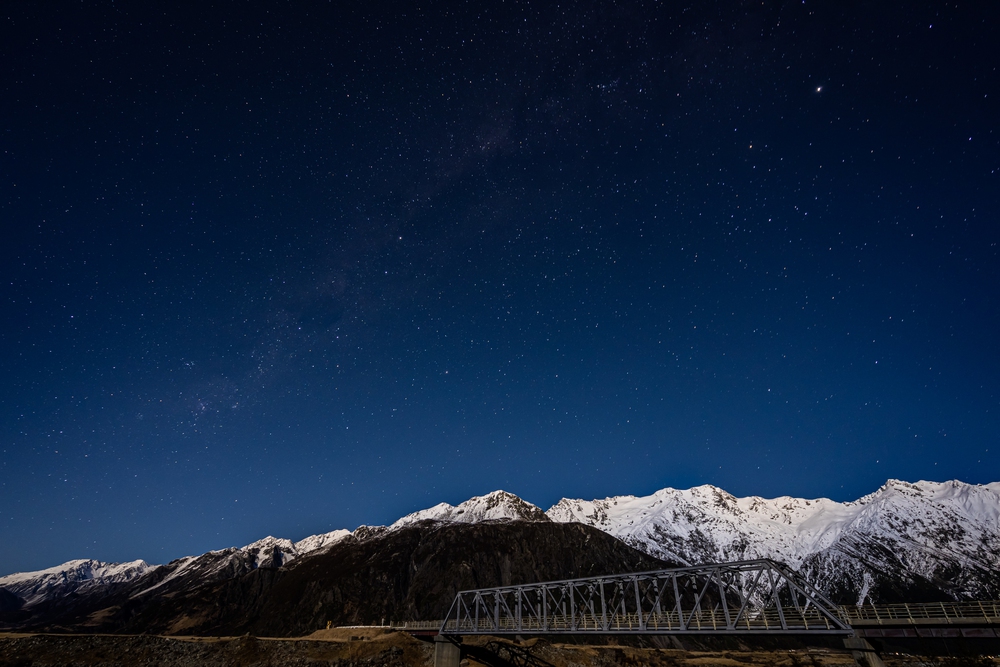
New Zealand’s South Island contains the world’s largest Gold-rated Dark Sky Reserve. The 1,700-square-mile area includes Aoraki/Mount Cook National Park and surrounding regions.
Southern Alps peaks rise over 12,000 feet, creating a natural barrier against light pollution from populated areas. The region’s location provides stunning views of the Large and Small Magellanic Clouds, satellite galaxies visible only from southern latitudes. Turquoise-colored glacial lakes add ethereal beauty to the landscape.
Like Travel Pug’s content? Follow us on MSN.
Teide National Park
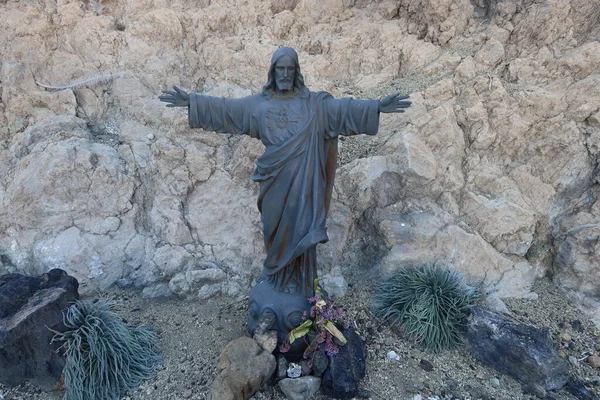
Tenerife’s volcanic landscape sits 7,500 feet above sea level in the Atlantic Ocean. The Canary Islands’ isolation from continental Europe eliminates most light pollution.
Spain’s highest peak, Mount Teide, rises 12,198 feet above the camping areas. Professional observatories operate on the summit, taking advantage of the stable atmospheric conditions. The park’s unique volcanic terrain creates an alien landscape under starlight, with ancient lava flows forming twisted sculptures.
Kerry International Dark Sky Reserve

Ireland’s southwestern peninsula earned Gold Tier status despite the country’s typically cloudy weather. Clear nights reveal exceptional star visibility thanks to minimal light pollution and the Atlantic Ocean’s influence on atmospheric clarity.
Ancient stone circles and ring forts dot the landscape, creating mystical settings for stargazing. The Gulf Stream’s warming effect moderates temperatures, making camping comfortable even during winter months. When clouds clear, the Milky Way appears remarkably bright for such northern latitudes.
Mont-Mégantic
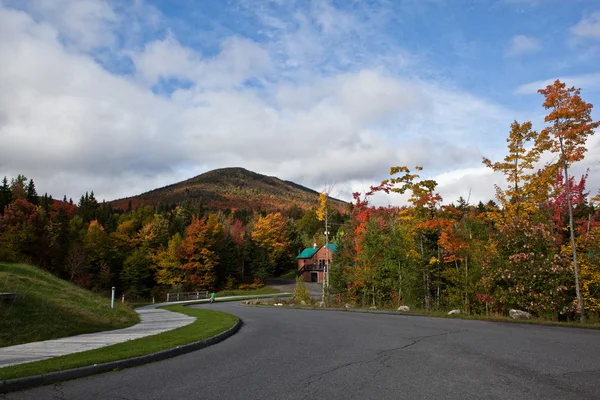
Quebec’s first International Dark Sky Reserve protects 2,200 square miles of forest and lakes from light pollution. The area’s strict lighting ordinances maintain exceptional night sky quality despite proximity to major cities.
And the autumn colors? Spectacular. Fall camping combines brilliant foliage with crystal-clear skies as cold air masses move through the region. The province’s numerous lakes create perfect reflecting pools for constellations and aurora displays.
Like Travel Pug’s content? Follow us on MSN.
Big Bend National Park
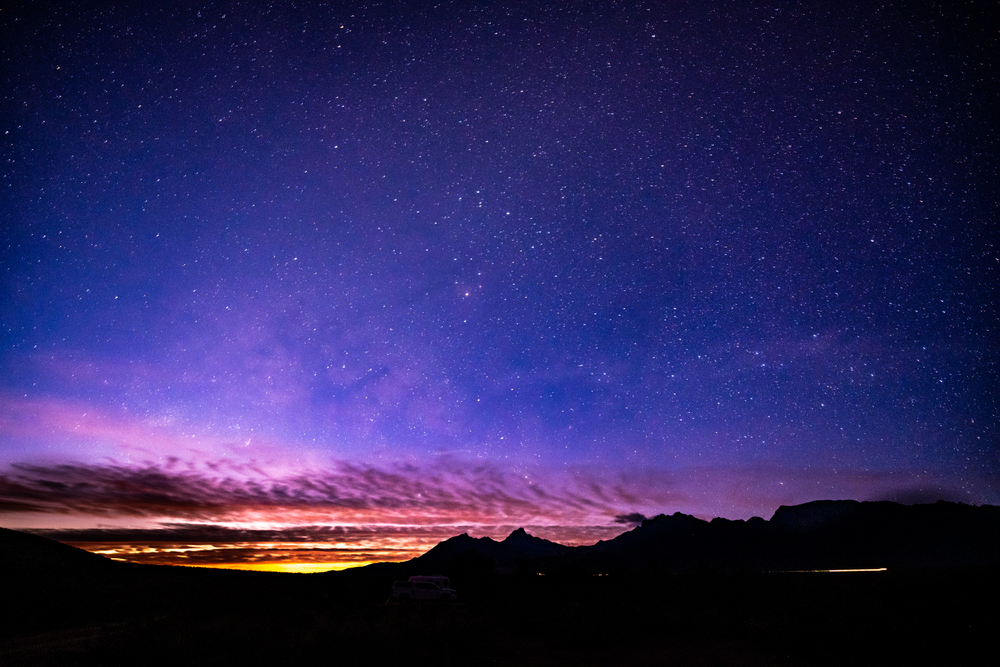
Texas’s most remote national park sits along the Rio Grande, bordered by Mexico’s equally dark Coahuila desert. The nearest major city lies 250 miles away.
The Chisos Mountains rise from the desert floor, providing elevated camping areas with panoramic sky views. Santa Elena Canyon’s towering limestone walls create a natural observatory, while the park’s three distinct ecosystems—desert, river, and mountain—offer varied camping experiences. Night temperatures drop dramatically, making summer camping feasible.
Skeleton Coast

Namibia’s Atlantic shoreline earned its ominous name from shipwrecks scattered along the beaches, but the coast offers some of Africa’s darkest skies. Cold ocean currents create stable atmospheric conditions perfect for stargazing.
Seal colonies and desert elephants inhabit this harsh landscape where the Namib Desert meets the sea. Fog often rolls in from the ocean during early morning hours, but clear nights reveal the Southern Cross hanging low over endless sand dunes. The contrast between crashing waves and the silent desert creates a unique camping environment.
Wadi Rum

Jordan’s Valley of the Moon provided backdrops for science fiction films, and the landscape genuinely resembles an alien world. Massive sandstone mountains rise from red sand valleys, creating natural wind shelters for camping.
Bedouin guides lead camel treks to remote dune fields where traditional goat-hair tents provide authentic desert accommodations. The region’s isolation from major population centers ensures minimal light pollution, while desert air creates exceptional atmospheric clarity. Ancient petroglyphs cover many rock faces, visible under bright starlight.
Like Travel Pug’s content? Follow us on MSN.
La Palma
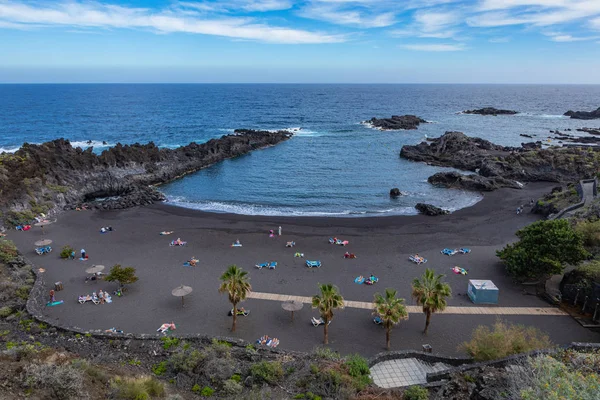
The Canary Islands’ steepest island rises 7,500 feet from sea level, creating diverse climate zones and exceptional stargazing conditions. International astronomy treaties protect the summit’s darkness.
Roque de los Muchachos Observatory operates one of the world’s most complete telescope complexes on the island’s highest peaks. Lower elevation camping areas provide comfortable temperatures while maintaining clear views of northern and southern constellations. The island’s volcanic calderas create natural amphitheaters for sky watching.
Antelope Island
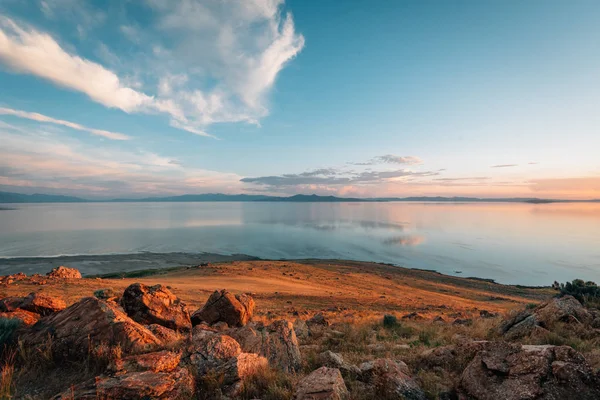
Utah’s largest Great Salt Lake island sits 20 miles from the nearest mainland, creating isolation that eliminates most light pollution. The island’s 28,000 acres include camping areas elevated above the lake’s mineral-rich waters.
Bison herds roam freely across the island’s grasslands and hills. The Great Salt Lake’s high salinity means almost no vegetation grows along the shorelines, creating unobstructed horizon views in all directions. Mountain ranges on the distant mainland provide dramatic silhouettes against star-filled skies.
Brecon Beacons
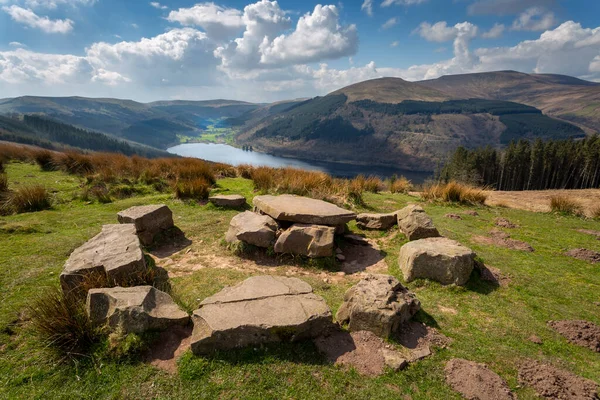
Wales’s mountainous national park became the first Dark Sky Reserve in Wales, protecting 520 square miles of upland terrain from light pollution. The area’s elevation and Atlantic weather patterns create surprisingly clear viewing conditions.
Consider these camping options:
- Wild camping on designated moorlands above 1,000 feet
- Organized campsites with minimal lighting near Pen y Fan
- Bothies and mountain huts for shelter during harsh weather
- Stone circles and ancient monuments for a historical atmosphere.
Celtic folklore describes these mountains as gateways between worlds. Under starlight, the legends seem plausible.
Like Travel Pug’s content? Follow us on MSN.
Where darkness leads

The night sky connects every human culture through shared wonder at the cosmos above. These places offer more than just camping—they provide portals to perspective, reminding visitors of Earth’s place in an infinite universe spinning through space at 67,000 miles per hour.
More from Travel Pug

- 20 Best Beach Towns in the Carolinas
- 13 Destinations Where Tourists Regularly Regret Their Trip
- 20 Things You Actually Get in First Class
- 20 Small Airports With Aviation Museums
- 20 Places in the U.S. That Are Perfect for a Reset Trip
Like Travel Pug’s content? Follow us on MSN.
